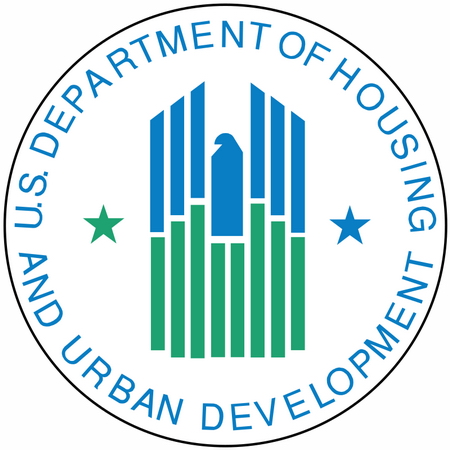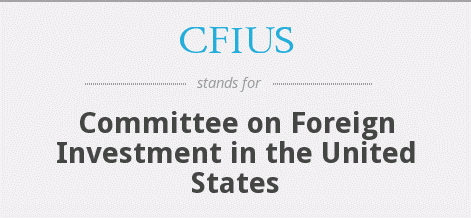
The Real Estate Roundtable today submitted a suite of policy suggestions (revised January 21, 2020) to the Department of Housing and Urban Development (HUD) to improve access to affordable housing. The comments respond to HUD’s Request for Information seeking public feedback on laws, regulations, land use requirements and administrative practices posing barriers to housing affordability and availability.
Roundtable Recommendations
The Roundtable’s comments offer policies intended to bring more safe, decent, and affordable housing within reach of indigent and low-income households. It also urges HUD to focus on the scarcity of homes accessible to middle class families, and recommends policies to increase both purchase and rental options for teachers, first responders, and other contributors in America’s workforce.
Recognizing “there is no single, best solution to promote housing affordability and increase housing supplies,” The Roundtable suggests a number of strategies to address the challenges and opportunities for public, low-income, and middle-class housing, including:
The comments conclude with an assessment of rent control laws which have “a long-term effect to worsen the housing crisis,” The Roundtable wrote to HUD. The letter notes that numerous studies show these laws decrease housing supplies and can illogically benefit high-income earners who have no incentive to move out of controlled units.
In a related development this week, the National Multifamily Housing Council (NMHC) released a report on “Rent Control: A 2019 Recap and a 2020 Look Forward,” which provides a national assessment of rent cap efforts by multiple states. The new report supplements NMHC’s Housing Affordability Toolkit that explains the cost drivers behind apartment development and delves into best practices to address the affordability challenge.
During The Roundtable’s January 28 State of the Industry meeting in Washington, DC, a discussion of housing availability and affordability will feature Federal Housing Finance Agency Director Mark Calabria and Rep. Patrick McHenry (R-NC), Ranking Member of the House Financial Services Committee.
# # #

The Treasury Department on Jan. 13 issued two final regulations that increase the U.S. executive branch's ability to address national security concerns arising from certain foreign investments, including real estate transactions. (Treasury’s full text of the final regulations & related resources)
According to a Jan. 16 JD Supra report — “Key Takeaways from CFIUS Final Rules Implementing FIRRMA — the final rules also broaden the covered real estate exception for retail trade, accommodation, and food service stores. The new rules apply the exception to leases and concessions of real estate that are “used only for the purpose of engaging in the retail sale of consumer goods or services to the public.”
CFIUS also intends to make a web-based tool available in the near term to assist the public with assessing what qualify as “covered real estate transactions” that are potentially subject to CFIUS review.
With these final rules, investors and companies now face a more complicated CFIUS framework that accounts for evolving national security risks involving foreign investments and real estate transactions.
The Roundtable’s Real Estate Capital Policy Advisory Committee (RECPAC) and Homeland Security Task Force (HSTF) plan to study the 132-page rule (part 802) affecting foreign transactions in U.S. real estate for more insight into how the new rules may impact commercial real estate investment.
# # #

The Labor Department on Jan. 12 released its final “joint employer” rule, returning to a standard where businesses can only be held responsible for workplace violations and collective bargaining obligations regarding workers over which they have “direct and immediate” control. (Final Rule, Federal Register and Fact Sheet, Dept. of Labor).
“The new rule also gives companies in traditional contracting and franchising relationships confidence that they can demand certain basic standards from suppliers or franchisees—like effective antiharassment policies and compliance with employment laws—without themselves being deemed the employer of the other company’s workers. That will help companies promote fair working conditions without facing unwarranted regulatory costs,” according to the two Trump Administration officials. (Wall Street Journal, Jan. 12)
# # #